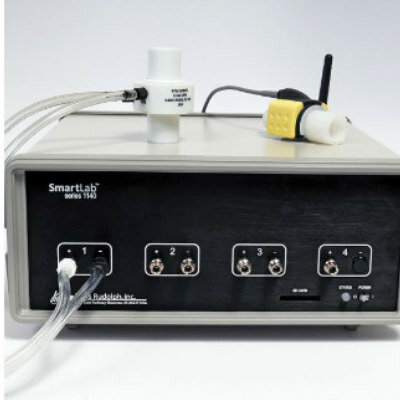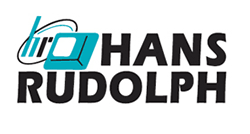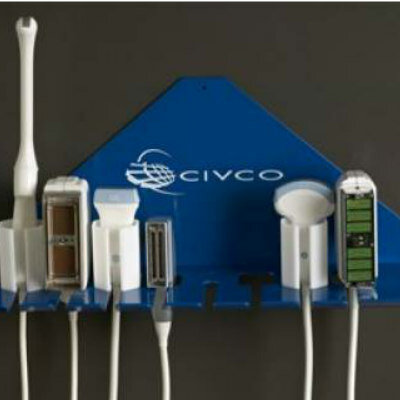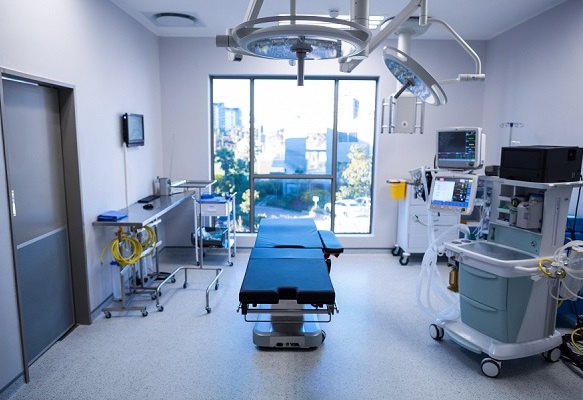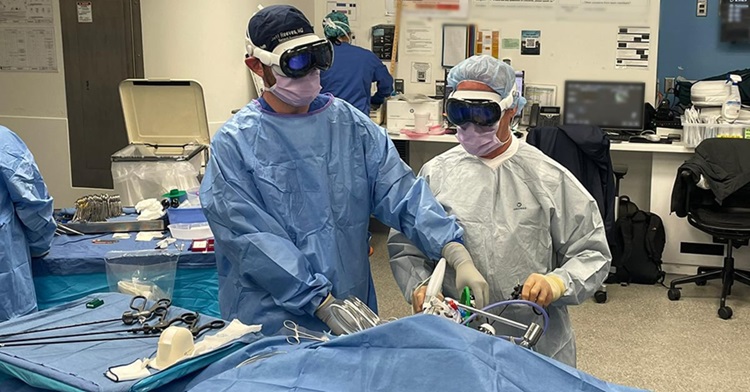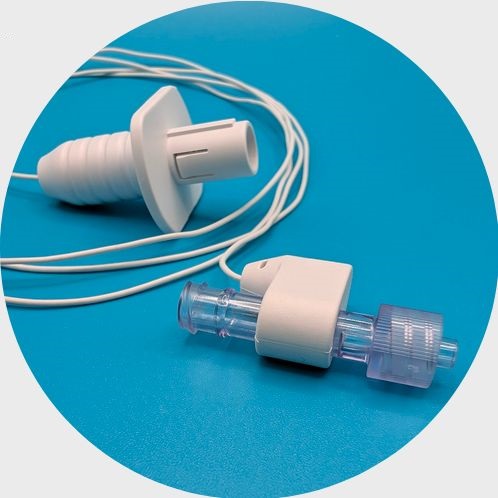Intravascular Imaging Guidance System Optimizes Stenting Procedures for Improved Patient Outcomes
Posted on 20 Sep 2024
Coronary artery disease (CAD), characterized by the buildup of plaque in the arteries supplying blood to the heart, affects approximately 20.5 million adults aged 20 and older. Among CAD patients who undergo percutaneous stent placement, one in five experiences adverse events within two years. Intravascular imaging plays a critical role in optimizing coronary stenting procedures by providing valuable insights into plaque characteristics, stent and balloon sizing, plaque modification decisions, and the identification of landing zones. It also helps confirm treatment optimization and assess the risk of future adverse events. Previous intravascular imaging technologies have involved trade-offs in terms of image resolution, depth, and ease of use. Now, for the first time, a new intravascular imaging technology integrates two key imaging modalities—DeepOCT and near infrared spectroscopy (NIRS)—while enhancing image quality and procedural efficiency in the cardiac catheterization lab. This includes features like no-flush catheter preparation, fast and long pullbacks to minimize contrast use, and the most comprehensive artificial intelligence (AI)-driven workflow and image analysis available.
SpectraWAVE’s (Bedford, MA, USA) HyperVue Imaging System combines next-generation DeepOCT imaging and NIRS with workflows optimized for use in the cardiac catheterization lab. The HyperVue Imaging System is designed for coronary artery imaging and is indicated for patients undergoing transluminal interventional procedures. The system’s NIRS capability allows for the identification of patients and plaques at increased risk of major adverse cardiac events. After receiving U.S. Food and Drug Administration (FDA) 510(k) clearance in 2023, the HyperVue intravascular imaging system has undergone several product enhancements, including contrast-free saline imaging, AI algorithms that identify key clinical structures such as calcium and the external elastic lamina (EEL), and hands-free angiographic co-registration.

The most recent FDA clearance further expanded the HyperVue toolkit, which already includes AI-enabled detection of lipids, lumen, stents, and side branches. The system also features the Starlight Imaging Catheter, a no-flush preparation device designed for efficient image acquisition in complex lesions. This catheter allows for rapid pullbacks of both imaging modalities in a single, low-profile device. The physician controls both image acquisition and AI-driven image review from the sterile field, streamlining workflow during percutaneous coronary intervention (PCI). Beyond its commercial intravascular imaging system, SpectraWAVE is developing a wire-free physiology software add-on, enabling physicians to quickly assess pressure drops in coronary arteries using the same HyperVue hardware. This development marks an important step in improving clinical decision-making for patients and sets the stage for future innovations in the cardiac catheterization lab.
“Intravascular imaging guidance is backed by a wealth of randomized clinical trials (RCT) and recently collated in a meta-analysis of 22 RCT studies and approximately 16,000 patients published this year in The Lancet, demonstrating significantly improved outcomes for patients undergoing coronary stenting,” said Eman Namati, Ph.D., Chief Executive Officer of SpectraWAVE. “This evidence and broad recognition of impact has recently moved intravascular imaging to a 1A guideline recommendation in Europe, with an expectation that the United States will follow in due time. Increasing both the capabilities and the ease of use of intravascular imaging systems is now critical to expand the use of imaging and improve care for these patients. That is our mission with HyperVue – simpler, faster, and better imaging to drive optimized stenting procedures for improved patient outcomes.”
Related Links:
SpectraWAVE







